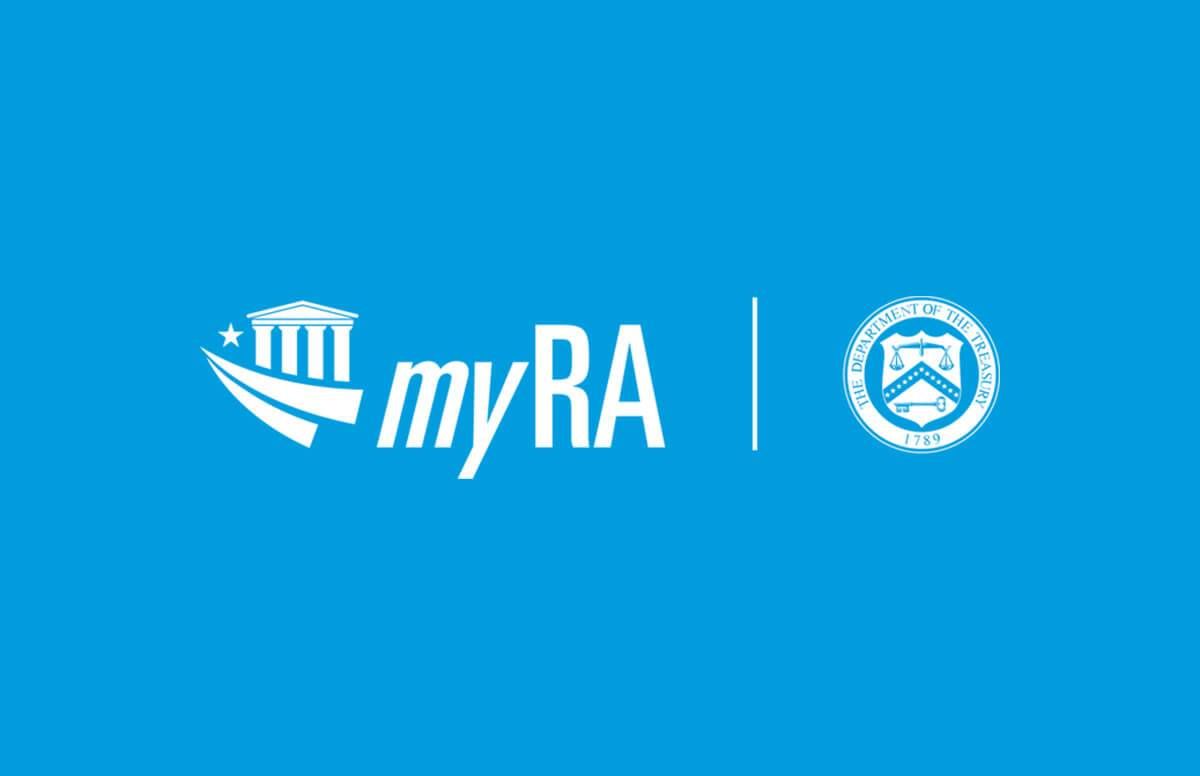R.I.P. myRA Retirement Account, Gone Too Soon
Why the Treasury Department just killed it and what happens now
A cruel irony: Just as America is (or more accurately isn’t) dealing with a retirement savings crisis, the Trump administration today began shuttering the government’s myRA retirement savings program, a starter account for low- and middle-income people.

The Treasury Department’s press release said “a thorough review found it not to be cost effective.” Taxpayers paid about $70 million to keep the three-year-old myRA (short for my retirement account) program running and, the administration says, it would’ve cost another $10 million a year to manage. “Unfortunately, there has been very little demand for the program and the cost to taxpayers cannot be justified by the assets in the program, U.S. Treasurer Jovita Carranza said in a press release.
What the myRA Was
The myRA was a no-fee, no-minimum balance, non-deductible Roth IRA for individuals with incomes below $131,000 and couples with incomes under $193,000. It was designed for people without access to employer-sponsored retirement plans like 401(k)s. Savers could contribute up to $5,500 per year (up to $6,500 for those 50 or older) and the money went into a super-safe, interest-bearing account (recent rate: 2.25 percent) backed by the U.S. Treasury. The maximum amount a saver could keep in a myRA: $15,000.
Tributes to the myRA Are Pouring In
The response to the Trump adminstration’s plug-pulling was immediate from retirement analysts on Twitter:
“Wow. Treasury to kill the myRA program. So no pensions, no state plans & now no myRA. Good luck retiring, America.” — William Birdthistle, Chicago-Kent College of Law professor and author of Empire of the Fund, a takedown on IRAs.
“The myRA could have helped low-income people to build emergency savings.” — David John of the AARP Public Policy Institute and the Brookings Institution.
“Serving new savers requires SIMPLICITY. MyRA did just that with one investment choice and payroll deduction.” — Jamie Kalamarides, who leads Prudential’s 401(k) business.
My Next Avenue colleague Chris Farrell, author of Unretirement and a keen retirement analyst, told me: “MyRA may have never lived up to its hope but the Trump Administration is wrong to kill it. Instead, the administration should have embraced it and expanded it. Considering the move to shut down myRA, the attempt to block the fiduciary rule for advisers on retirement savings and its push to stop state-run retirement savings plans, the only conclusion is that this administration is determined to make it even harder for people — especially low-income workers and their families — to save for their elder years. What a shame.”
And Teresa Ghilarducci, director of the Schwartz Center for Economic Policy Analysis at the New School, told Moneywatch.com: “Winding down [myRA] makes no sense. The program wasn’t a panacea to the retirement crisis, but it certainly helped people who used it.”
The Key Figures on MyRAs and Retirement Savings
I’m very disappointed to hear the myRA shutdown news, too. Yes, I realize, that only 30,000 myRA accounts have been opened ($34 million in contributions). And yes, 20,000 of the accounts had a median balance of $500 and 10,000 had a zero balance.
But there are also these figures: Just four in 10 Americans have workforce savings plans. Only 50 percent of America’s 55 million small business employees have access to workplace retirement plans. And just one-third of part-time workers have retirement plans, according to a recent Guardian Life study.
What Killed the myRA
What killed the myRA? There are several suspects.
The most obvious, of course, is that the program was a vestige of the last administration; it was from the Democrats. The Obama administration didn’t bother to get bipartisan buy-in then, so the Republicans had no pride of authorship now. As Kalamarides tweeted: “Saving programs require BIPARTISAN commitment. myRA was created & ended by the executive branch.”
Another reason: Few Americans knew about myRAs or were offered them. You may recall the huge marketing push by banks and mutual funds when the original Individual Retirement Accounts (IRAs) became universally available in the early 1980s, along with the All Savers Certificates. Did you ever see a MyRA ad?
“The myRA has suffered from low customer intake, in part because a marketing budget was not available,” wrote David S. Mitchell, senior program manager of the Aspen Institute Financial Security Program, in a recent paper on how to drive retirement innovation. Minimal marketing created a vicious circle: According to The New York Times, the small number of myRA account holders meant it cost the government more than $300 per user per year to operate.
And another reason: Unlike many 401(k) plans, myRAs didn’t have automatic enrollment. So they had no mechanism to let people save regularly for retirement without having to think about it.
What Happens Now and What Could Have Happened
Now, the myRA account holders will need to either roll over their accounts to Roth IRAs or close the accounts. Any myRA with a zero balance as of September 15, 2017 or later will be subject to “possible automatic closure,” the Treasury Department says. The administration is encouraging them to visit the MyRA.gov site or call the customer support line at 855-406-6972 weekdays for additional information.
Mitchell recently wrote that the myRA could have been even more useful by expanding it to help people save for immediate emergencies, not just for retirement.
We’ll never know.


